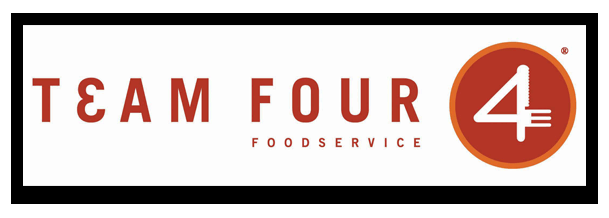 At a time when it can feel like so many business costs are beyond your control, it’s especially important to monitor and manage the ones within your grasp. Insurance costs are among them. While the business insurance market has been hard for some time, rate increases have moderated across most regions and lines of business in recent months. As Insurance Business Magazine reported, insurers who have grown their premiums primarily through rate increases will be looking for other ways to improve their financial performance. Businesses that can demonstrate the best risk management practices will be in the strongest position to get the insurance protection they need and prevent premium increases due to claims. Below are some of top foodservice business risks that generate claims. How well are you limiting your exposures in these areas? Accidental fires: On average, there are more than 7,400 restaurant fires each year, according to the National Fire Protection Association. But you can significantly reduce your risk through employee training, cleaning practices and equipment monitoring. Ensure regular cleaning of your cooking equipment to prevent the build-up of grease. Train employees to store flammable materials far from heat sources and ensure they know how to respond quickly and how to evacuate in case of fire. Monitor your automatic sprinkler and extinguishing systems, as well as your alarm system, to ensure you are in the best position to limit human injury and property damage. Slips, trips and falls: You can contain the risk of these common injuries for staff and guests alike by cleaning up spills as soon as they occur and using signage to warn of hazards, keeping indoor and outdoor walkways clear of debris, marking uneven flooring or pavement, and using slip-resistant flooring and other materials to improve traction. Other on-the-job injuries: Restaurant work is physical work, so ensure your staff understand how to properly lift and carry heavy items, operate kitchen tools and equipment safely, and what protective equipment to use to minimize the risk of burns. Mechanical equipment: While competing expenses may make it tempting to delay regular servicing and upkeep of equipment, ensuring those tasks happen can prevent larger expenses for equipment replacement down the line. Train your team on the proper operation and cleaning of equipment, and check ventilation to help your equipment run without generating excessive heat. Foodborne illness: It only takes one food safety slip-up to cause a foodborne illness that generates a claim, not to mention reputational harm to your business. Ensure your staff receive ongoing training about proper food preparation and storage practices, temperature monitoring, sanitizing of food preparation surfaces, and handwashing and personal hygiene. Car accidents: Many operators are weighing the financial pros and cons of bringing delivery in-house. If you operate an in-house delivery team supported by company vehicles, ensure you’re screening potential drivers’ safety records closely and providing ongoing safety training to reduce the risk of an auto insurance claim.
0 Comments
|
More Financial MattersWhat’s the best financing option for my restaurant?Build revenue through the kitchenLegal claims: Are you leaving money on the table?Archives
June 2024
Categories
All
|
Foodservice CEO is provided for informational purposes only. It is intended to offer foodservice operators’ guidance regarding best practices in running their operations. Adherence to any recommendations included in this Guidance will not ensure a successful operation in every situation. Furthermore, the recommendations contained in this website should not be interpreted as setting a standard of operation or be deemed inclusive of all methods of operating nor exclusive of other methods of operating.
Copyright 2023 Team Four Foodservice, All Rights Reserved.




 RSS Feed
RSS Feed